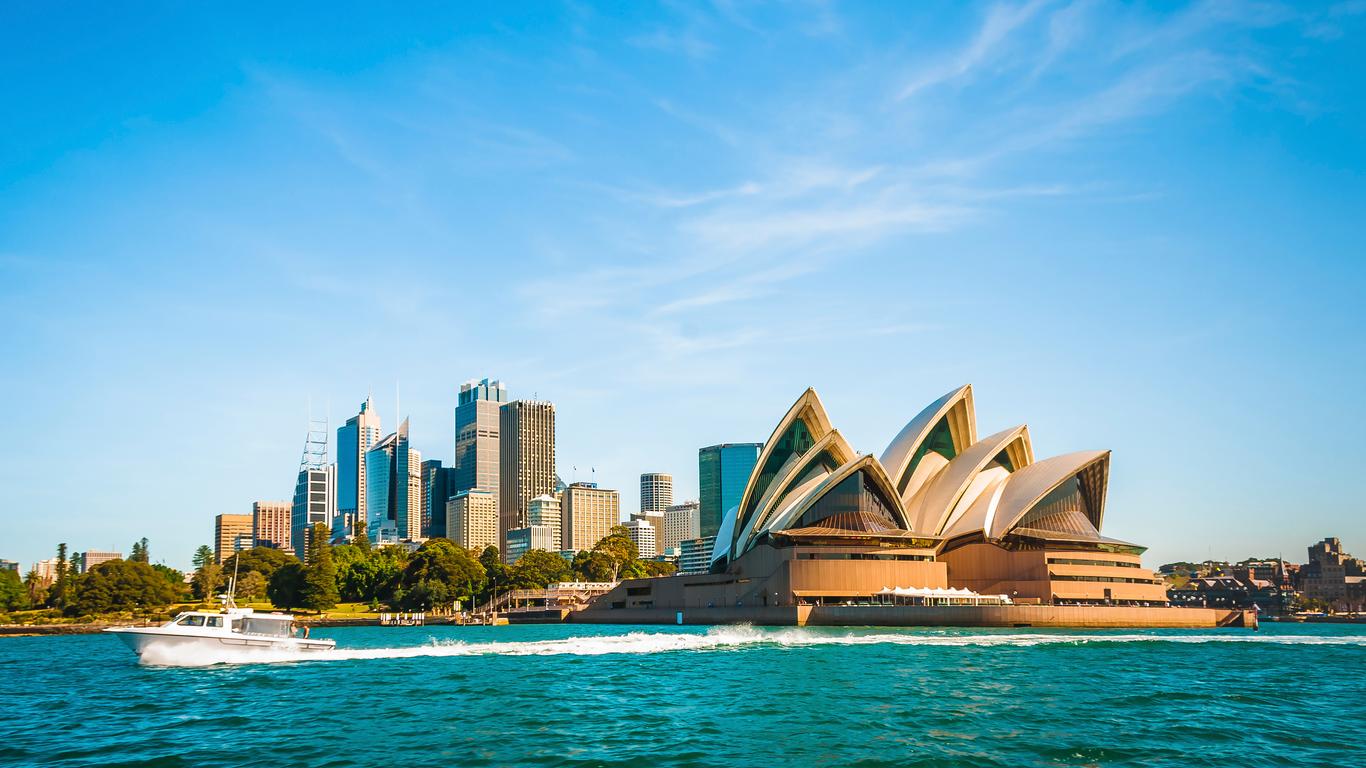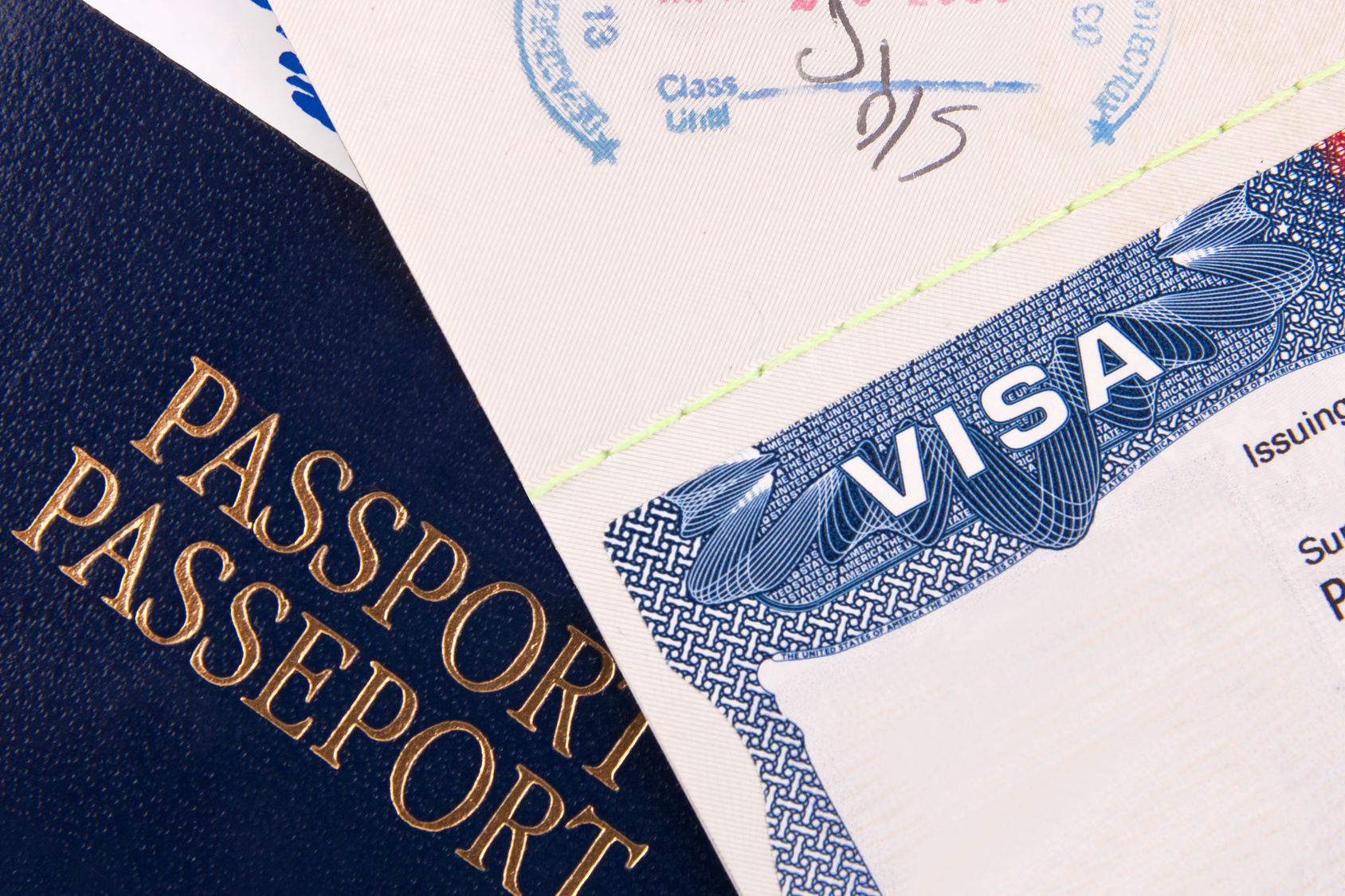Looking for a good country with numerous opportunity to work? Then you should consider Australia, one of the countries with a vibrant lifestyle, robust career growth. Australia is one of the countries have thousands of workers.
If you want to work in Australia you should understand the requirements. In this article, we will share a comprehensive guide about all you need to know before going to work in Australia.
Table of contents
- Why Should I Work in Australia?
- What to Consider Before Working in Australia?
- Understanding Australian Work Visa Options
- Step-by-Step Process for Applying to Work in Australia
- Challenges of Working in Australia
- Benefits of Working in Australia
- How to find job in Australia
- Useful Resources
- Conclusion
- FAQs
- References
- Related Article
Why Should I Work in Australia?

Before going into the main part of this article its very important to understand why Australia is one of the best countries to work on for diverse reasons.
Strong Economy: Unlike countries with poor economy, Australia have standard economy making it a perfect place to work on . Australia also have low unemployment rate.
High Living Standard: The standard of living in Australia is very high, Australia offers quality education, healthcare and public services, making it one of the best countries to live.
Cultural Diversity: Australia welcome everybody, and it have multicultural population.
Career Growth Opportunities: Australia is one of the countries with numerous industries, making it a good place for growth. Industries like healthcare, IT, construction, agriculture are thriving in Australia.
Work-Life Balance: Work life in Australia is very easy, you will have enough time to balance work life and personal life.
Read also: The Ultimate Guide to Migrating to Australia: What You Must Know.
What to Consider Before Working in Australia?

Below are some important thing you need to put into consideration before you can work in Australia.
- Superannuation: In Australia, employers are required to contribute to a superannuation (retirement) fund on behalf of their employees. Make sure to choose a super fund and check if your employer is making contributions.
- Health Insurance: While Australia has a robust public healthcare system (Medicare), you may need private health insurance depending on your visa. This is especially important if you are not covered under a reciprocal healthcare agreement.
- Tax Obligations: As a foreign worker, you will be subject to Australian taxes. Your tax rate will depend on your residency status, so it’s important to declare whether you are a resident for tax purposes.
Read also: Step-by-Step Guide on How to Apply for a Work Visa in Australia in 2025
Understanding Australian Work Visa Options
Before you can work in Australia, its appropriate you obtain visa. They are different visa categories you can pick from depending on the type of work you like and the circumstances surrounding you job type. Below are some of the Visa Type you should try.
a. Skilled Migration Visas

This type of visa is for people that with special skills. They are different types of skilled migration Visa.
Skilled Independent Visa (Subclass 189): This type of Visa is for skilled workers without employers sponsorship, this visa requires positive skills assessment and meeting points based criteria.
The Skilled Nominated Visa (Subclass 190): This type of visa is for skilled workers that are nominated by Australia state or territory, this visa requires you have skills relevant to the occupation list of the nominating region.
Skilled Regional (Provisional) Visa (Subclass 491): This type of visa is for people willing to live and work in regional Australia.
You should read: Visa Interview Questions You MUST Prepare For — And How to Nail Every Answer!
b. Employer-Sponsored Visas

This type of visa is sponsored by employer. Below are the types of Employer-Sponsored Visas:
Temporary Skill Shortage (TSS) Visa (Subclass 482): This type of visa allows employers to hire workers from different part of the countries, if they can’t find the positions in Australia. To get this type of visa and Australian employer has to sponsor your visa.
Employer Nomination Scheme (ENS) Visa (Subclass 186): This type of visa is for skilled workers nominated by their employer for permanent residency.
Read also: Permanent Residency in Australia: A Complete Guide
c. Temporary Work Visas

This is the type of visa is for people that don’t have intentions to stay longer in Australia example of Temporary visa is:
Working holiday Visa This visa is for individuals aged 18-35 that are looking for work in Australia that can enable them travel.
Read also: 5 Australian Companies That Sponsor Work Visas
d. Other Visas

This can be any type of visa it can be either Graduate visa, for recent Australian graduates or Business innovation and investment visa, this type of visa is for entrepreneurs who are looking to establish business in Australia.
Read also: Digital Nomad Life: The Best Countries to Work From in 2025
Step-by-Step Process for Applying to Work in Australia

Next on we will be looking at the step by step guide on how you can get a work in Australia.
Step 1: Research Visa Options
You need to understand what visa suits you best and the circumstances and goals. To know about this you can visit Australian official department of home affairs website for up-to-date information and all the requirements needed for the job. Researching visa options is important.
Step 2: Skill Assessment
If you are applying for skilled Visa, its important you undergo skills assessment by the right authority. This will help verify that you are qualified to work in Australia and you also meet the standards.
Step 3: Take an English Proficiency Test
Australia is one of those countries that speaks English so its quite important you undergo English test if required. Some of the common test s are:
- TOEFL (Test of English as a Foreign Language)
- IELTS (International English Language Testing System
- PTE (Pearson Test of English)
Step 4: Gather Required Documents
After going through the necessary tests, you need to gather all the necessary documents , this step is very important make sure you don’t miss any document. Some of the documents you will be needing are:
- A valid passport
- Resume and cover letter
- Academic certificates and transcripts
- Employment references
- Police clearance certificates
- Health insurance details
Step 5: Submit Your Expression of Interest (EOI)
For points-based visas like Subclass 189 or 190, submit an EOI through Skill Select. This system evaluates your eligibility based on factors such as age, education, and work experience.
Step 6: Apply for the Visa
Once you are invited its important you lodge your Visa application online. Make all the necessary payments and uploads all required documents.
Step 7: Wait for Processing
After Applying for the visa you need to be patient and awaits your visa approval. However its important you know that Visa processing time might vary depending on the type of visa you applied for. After application monitor your application of the Department of Home affairs official website.
Step 8: Receive Your Visa
If approved, you’ll receive your visa grant notification. Review the conditions and validity period of your visa carefully.
You should read: Bringing Your Family Members to Australia: Family Migration
Challenges of Working in Australia

Working in Australia might not be such an easy task, there are some challenges you might face as a foreigner working in Australia few of them are:
- High Cost of Living: Australia’s major cities, particularly Sydney and Melbourne, can be expensive. Rent, food, and transportation costs are higher than in many other countries, so it’s important to budget carefully.
- Housing Availability: Renting in popular areas can be competitive, and landlords may require substantial upfront payments, including a bond and rent in advance. Start your housing search early and be prepared for competition.
- Homesickness: Moving to a new country can bring homesickness, especially if you are far from family and friends. However, Australia’s multicultural population means there are communities from all over the world, which can help you feel more at home.
You should read: Top 10 Highest Paying Jobs in Australia | 2025 Updated List
Benefits of Working in Australia

Same way there are challenges with working in Australia, there are also lots of benefits with working in Australia some of the benefits are:
Permanent Residency Pathways: Some work visas can lead to permanent residency giving you long term stability.
High Wages: Australia is currently one of those countries that offers competitive salary regardless of the industry you work.
Global Recognition: You will be recognize globally if you are working in Australia, your qualifications will be held in high esteem.
Quality of Life: You will have good work life and excellent education also enjoy Australia safe environment and conducive lifestyle.
Check out: How to Settle in Australia After Migration: Live the Aussie Dream
How to find job in Australia

Once you have gotten your visa the next step is securing employment. Below are some of the tips that you might find helpful.
Use Online Job Portals: Jobs portals are good for job hunting some of the popular job portals you can try are, seek, indeed and linkedIn. This are some of the popular job portals.
Network Professionally: You can also scout for jobs by attending industry conferences and connect with high professionals, that can introduce you to job openings.
Tailor Your Resume: You need to make sure your resume align with Australian standards and highlight your experience and skills.
Work with Recruitment Agencies: Engage agencies specializing in your field to access exclusive job opportunities.
Understand the Job Market: Understanding how different industries works will help you a lot some of the high demand industries are healthcare, IT and Construction.
You should read: The Ultimate Guide to Migrating to Australia: What You Must Know.
Useful Resources

Below are some of the useful resources you will be needing that will make your job scout more easier.
Australian Department of Home Affairs: immi.homeaffairs.gov.au
Job Search Websites: Seek, Indeed, LinkedIn
Skills Assessment Authorities: VETASSESS, Engineers Australia, ACS
Migration Agents Registration Authority (MARA): For professional visa assistance
Conclusion
Traveling to Australia for work can be a life changing and wonderful experience, in fact most people dream is traveling to Australia for work. But the big question is how will you get job. If you carefully went through this entire article by now you should have and answer you your question.
However you coming across this article is a big sign that you will get that dream life you seek.
FAQs
Yes, foreigners are able to work in Australia if they are on the right visas, such as the Working Holiday, Temporary Skill Shortage, or Skilled Independent visa.
Australia’s national minimum wage is AUD $23.23 per hour while the Fair Work Commission conducts annual reviews of minimum wage laws.
You must apply through the Department of Home Affairs online, approval depends on occupation, skills, employer sponsorship and visa type.
Yes. It also depends upon your area, region and visa. Skilled trades, healthcare, and information technology have more opportunities throughout the major cities.
Professions Like Healthcare, Construction, Education, Agriculture, IT, Engineering – the labor shortages and population boom have kept these professions in constant demand.
Indeed, particularly for regulated professions. Use the official assessing authorities to check whether or not your qualifications confer to Australian standards.
A full-time workweek in Australia is typically 38 hours, with all additional hours worked to be paid at overtime rates depending on the industry award or contract.
Yes, student visa holders can work 48 hours per fortnight maximum during semesters and unlimited on scheduled course breaks.






